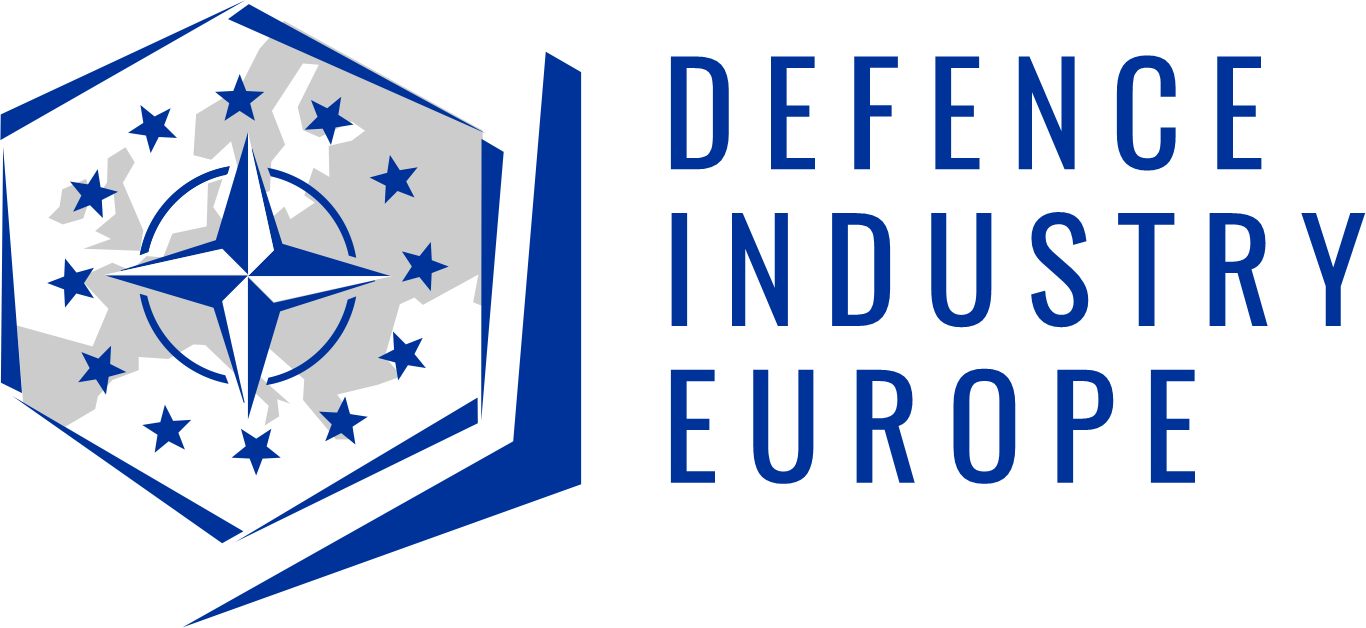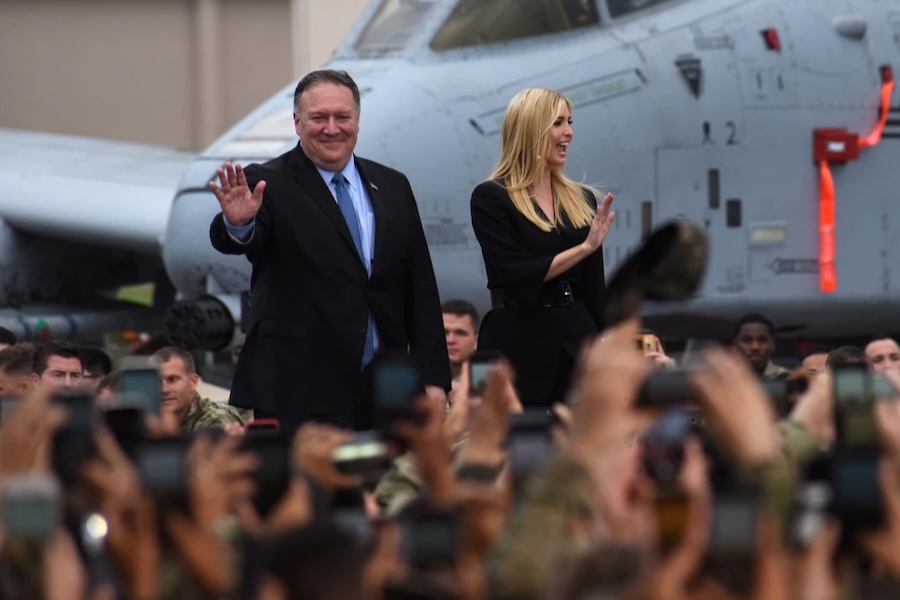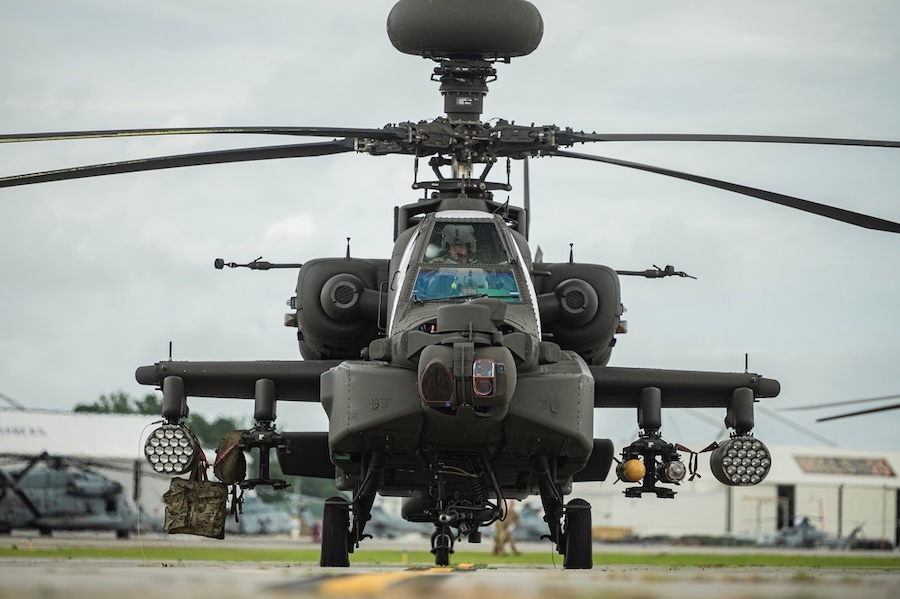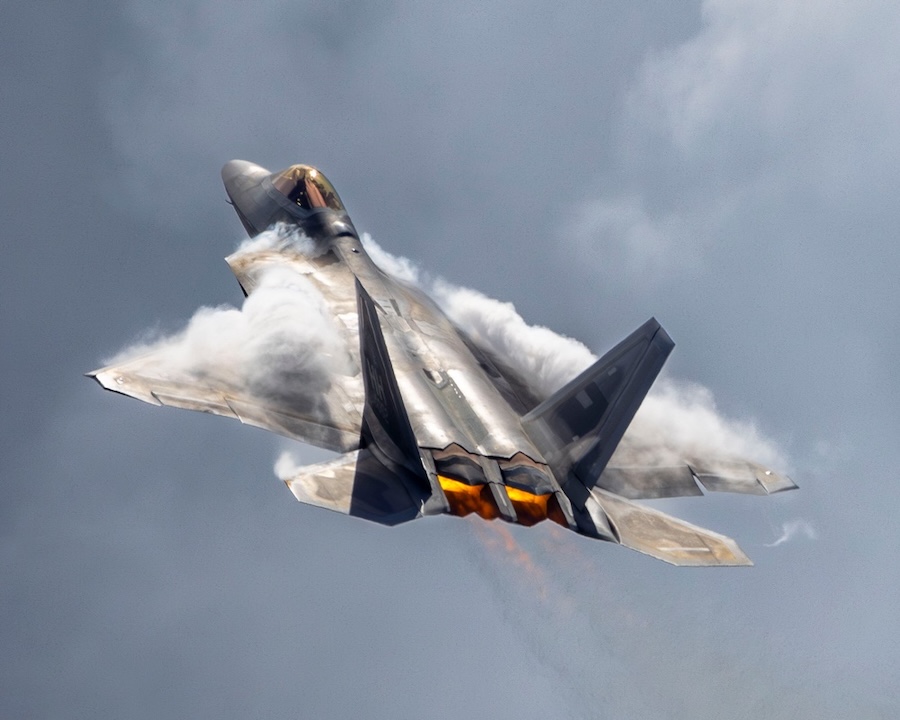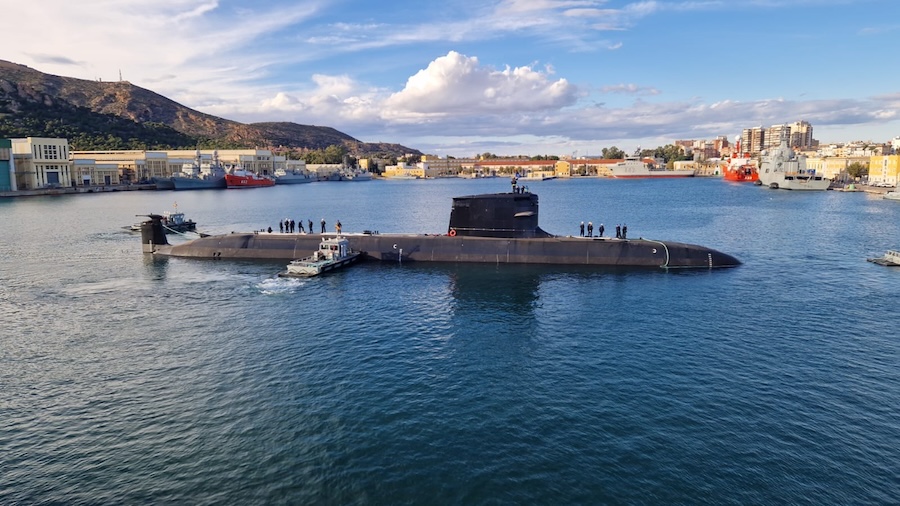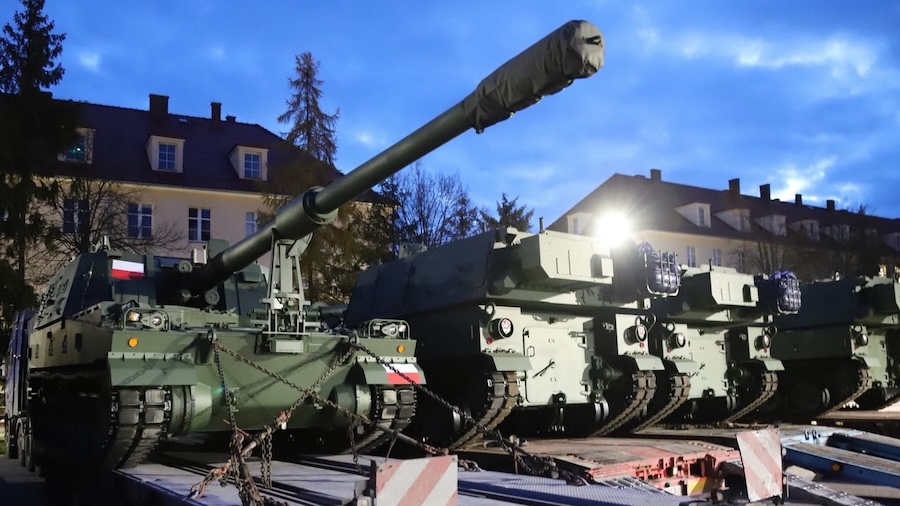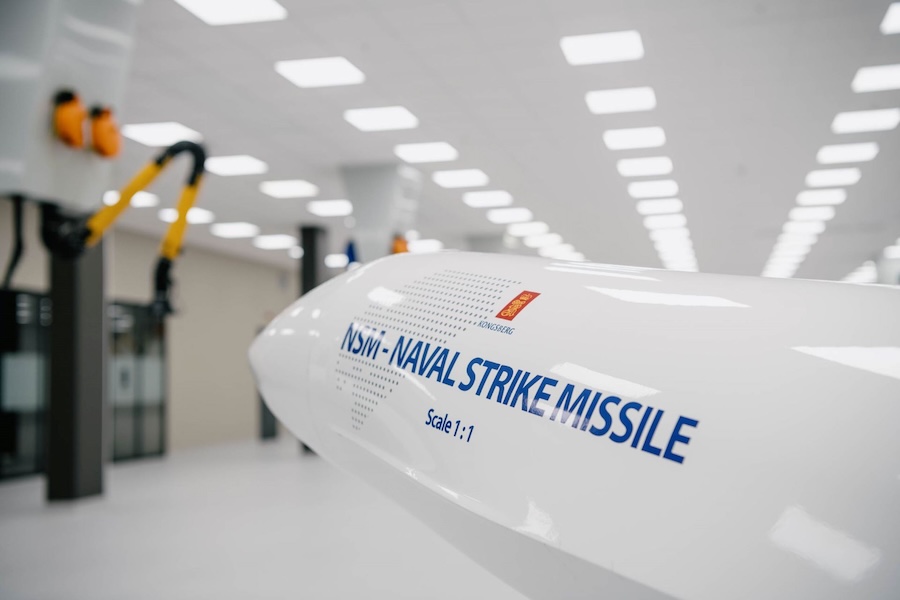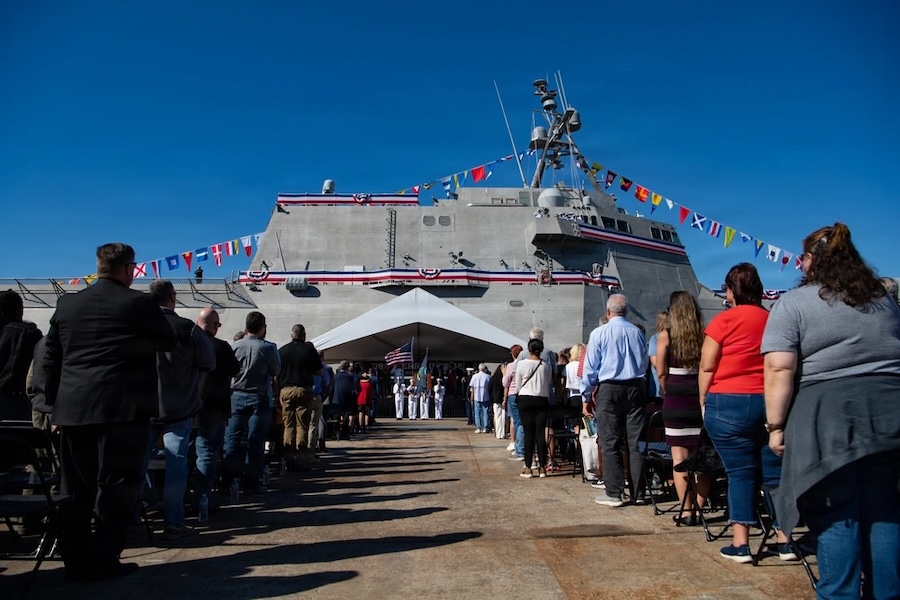The CRS report highlights that the XM-30, formerly referred to as the Optionally Manned Fighting Vehicle (OMFV), is designed to meet the evolving requirements of modern combat. It will play a critical role in enhancing the capabilities of the Army’s Armoured Brigade Combat Teams (ABCTs). One of its defining features is its ability to operate both with a crew and autonomously, offering commanders increased tactical flexibility in a variety of operational scenarios.
The primary functions of the XM-30 include transporting infantry, providing direct fire support, and engaging enemy armoured vehicles. This multifaceted capability aims to address current and anticipated battlefield challenges. The vehicle is also intended to incorporate advanced technologies, ensuring it remains effective and adaptable over its lifespan.
According to the CRS report, the Army is pursuing a structured five-phase acquisition approach for the XM-30 programme. These phases include market research, concept design, detailed design, prototype build and testing, and finally, production and fielding. This methodical process aims to minimise risks while ensuring that the final product meets operational requirements.
The programme is currently in the detailed design phase, a stage that began after the award of contracts to two defence contractors: General Dynamics Land Systems Inc. and American Rheinmetall Vehicles LLC. These firms are tasked with refining their designs and preparing for the next phase, which involves prototype development and testing.
The CRS report outlines the Army’s ambitious timeline for the XM-30. Transition from the rapid prototyping phase to a Major Capability Acquisition pathway is expected by the second quarter of Fiscal Year (FY) 2025. Low-Rate Initial Production is scheduled to commence in the first quarter of FY 2028, with a Full-Rate Production decision anticipated by FY 2030.
A significant aspect of the XM-30’s development is its Modular Open Systems Architecture (MOSA). This design approach allows for the integration of new technologies and capabilities throughout the vehicle’s lifecycle. By adopting MOSA, the Army aims to streamline modernisation efforts, reduce costs, and encourage innovation from the defence industry.
The XM-30 is expected to include several advanced features to address threats observed in recent conflicts. For example, it will incorporate mounted active protection systems designed to counter anti-tank guided missiles and unmanned aerial systems. These capabilities reflect lessons learned from contemporary battlefields, where such threats have proven highly effective against traditional armoured vehicles.
The CRS report raises several strategic questions regarding the XM-30’s fielding within ABCTs. One key issue is whether the vehicle will replace the M-2 Bradley on a one-for-one basis or whether additional vehicles will be required to support Army Prepositioned Stocks and other operational needs. These considerations are critical to ensuring that the Army maintains sufficient readiness and flexibility in its deployment capabilities.
Another area of focus is the cost and logistical implications of transitioning to the XM-30. The CRS report notes that the programme’s success will depend on balancing performance enhancements with affordability and maintainability. Ensuring that the XM-30 remains sustainable in terms of maintenance and lifecycle costs will be vital for its long-term viability.
The development of the XM-30 is a cornerstone of the Army’s broader efforts to modernise its ground combat capabilities. It reflects a commitment to addressing the challenges posed by evolving threats and technological advancements in modern warfare. By leveraging advanced design principles and incorporating lessons from recent conflicts, the XM-30 programme aims to deliver a combat vehicle that meets the demands of the 21st-century battlefield.
The CRS report underscores the importance of continued oversight and evaluation to ensure that the XM-30 programme stays on track and delivers the expected outcomes. As the project progresses through its various phases, its success will depend on effective collaboration between the Army, industry partners, and other stakeholders.
This article is based on a detailed report issued by the Congressional Research Service (CRS), which provides a comprehensive overview of the XM-30 programme, its objectives, and its progress to date.



